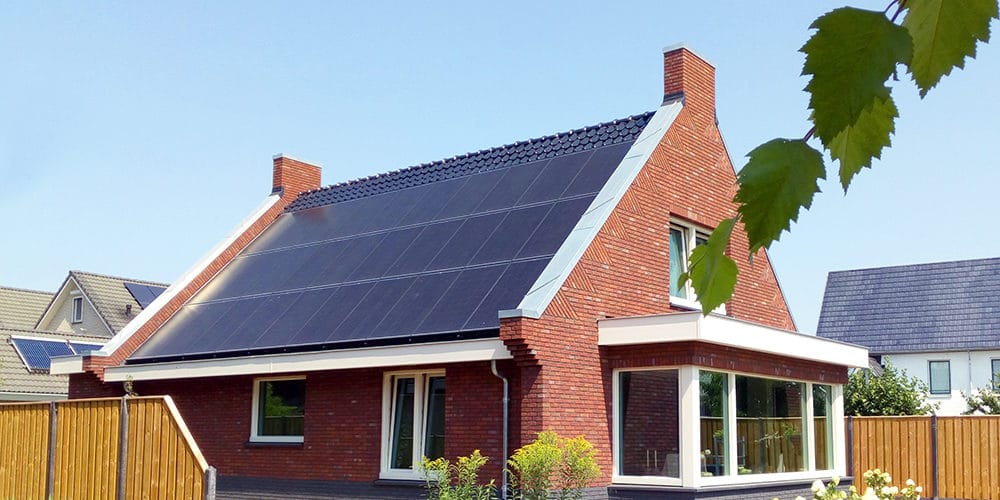SolarEdge has announced a collaboration with Google to integrate its EV Charging management system into Google Assistant. For now, the tools are simple: Consumers can tell Google Assistant to start and stop EV charging. But the Israel-based power electronics maker plans to add functionality to the Google Assistant commands, including inquiring about charging status, checking average miles charged in the charging session, and pre-schedule charging.
The company has already evolved far from its original residential solar power expertise. SolarEdge is now getting more than 40% of its inverter revenue come from the commercial sector, and it has begun landing utility-scale projects. They’re aiming to become part of the broader grid services market as well, and possibly running their own power grids.
For years, SolarEdge has hinted at wanting to make homes smarter starting with its inverter system. And it makes sense; with the solar power inverter and the electric panel being two of the first places that electricity interacts with a home. And with solar inverters aggressively evolving, they will inevitably be integrated into modern home automation systems.
SolarEdge has made a notable set of corporate purchases over the past year. First, Gamatronic – a company that makes uninterruptible power supplies for corporate customers. Then in the fall they announced the purchase of a South Korean lithium ion battery manufacturer. And a few days ago they announced that they will buy an Italian EV power systems manufacturer.
In addition to all of this, SolarEdge developed a remote power plant management and monitoring platform.
On the one hand, it can always be argued that these companies are simply sound investments, with good balance sheets, and solid profits. But the complementary nature of these purchases and the development of the power plant platform is unlikely to be an accident, and instead points to a broader vision.
On the local level, the company now has the ability to move electricity on a high voltage DC circuit directly from solar modules, around the inverter, into stationary batteries and toward a car’s batteries. Each of these pieces of hardware historically had to have their own internal management systems. However, if there is an overarching vision – a central platform to consider all the pieces as a whole, versus independently minded parts – one might assume there will be significant hardware and management efficiencies gained.
How long until SolarEdge offers us a full home, where power sockets connect the electric panel and the batteries, and then the car and solar system? Such a system could also continually monitor and adjust to power rates, weather forecasts and general household living needs. Of course, some of the power rate data is coming from SolarEdge as it is also managing power plants in individual homes, local microgids, and remote utility scale plants.
And oh yeah, you can run it from your Android.
This content is protected by copyright and may not be reused. If you want to cooperate with us and would like to reuse some of our content, please contact: editors@pv-magazine.com.








Puh! Fronius has the integration with Alexa*) for over a year!
*) voice assistant by Amazon)